More Small Businesses are Going Bankrupt With High Interest Rates and a Shrinking Bank Loan Supply
With fluctuating interest rates and economic uncertainty, the challenges facing the banking sector and, by extension, small to medium-sized businesses, are more complex than many might think. Private debt has several implications which offer a sobering look at how interest rate changes impact not just macroeconomic stability but also loan growth and business financing. When these rates increase banks find themselves in a bind. There are no do-overs with certain things, which can risk profits.
It can end up causing a ripple effect that doesn’t just stop there. This tightening financial environment trickles down to small and medium-sized businesses, which make up the backbone of employment in the U.S. They face higher costs, challenges with loans, and see major cutbacks that can lead to bankruptcy. The situation is far more complex than businesses merely borrowing less. It’s actually an ecosystem in crisis that can’t be ignored for various reasons.
Taylor Herzog is the Founder and Chief Investment Officer at TYME Advisors. Having a background in economics and finance, Herzog specializes in dissecting complex financial systems and insights into the changing dynamics of debt, interest rates, and market behavior. His firm, TYME Advisors, consults on a range of investment strategies and economic forecasting. He contends that high interest rates and tougher chances at loans are proving to become an abysmal situation for small businesses.
Herzog’s Thoughts on the Effects of Rising Interest Rates
On Risk and Return in a Zero-Interest Rate Environment
“If you’re increasing private debt, by definition, you’re decreasing something else. So again, if our starting point was Zerg, large allocators generally were taking more risk than normal because if they have a required rate of return requirement, when bonds were paying 0 percent, you would fail your mandate. I think a critical starting point is it’s all about where you started with. So before the hiding cycle, if you’re in a Zerg land, that’s a key starting point to know where you started. And then the next variable is how fast the rates went up. Those two things is largely the seeds by which everything is behaving forward.”
Challenges for Banks
“So on the banking side, main issue is their loans don’t reprice that fast. And because they can’t reprice those loans that fast, they’re possibly at risk of not making enough money. And because of that, their loan growth is shrinking. And banks obviously live to make money by letting. And the new loans that they do offer, the loan spreads, meaning effectively, the price for those loans is expanding. So the cost of credit is going up and the supply of that credit is coming down. And a main reason for that is again, tied to rates. There are deposits, which we probably all remember being at 0 percent for 10 years. Just because rates went up to 5 percent in a year doesn’t mean they can afford to change deposits that fast because their loans don’t change that fast. So, if they don’t reprice their deposits, it leaves. And now you have a bank run. If they do reprice higher, they completely wipe out their profits. So what you end up seeing on the bank side is both the asset and liability side are decelerating.”
Rate of Change and Consequences
“And the reason why that’s important is, in this analogy, if you go from 1,000 miles an hour to zero miles an hour in two seconds, you’re a pink mist. And that’s effectively what’s happening versus taking your time over an hour, right? So that rate of change was so severe. That is why the bank side is effectively shrinking.”
Impact on Small and Medium-Sized Businesses
“And more importantly, most small and medium-sized businesses employ most of the U.S. population, and they get their debt financing from the banking system, which is small to mid-sized banks. They do not get their debt financing from capital markets, which is investors.”
On Supply and Demand Factors
“Then on the purely demand side, so that’s just all supplies, high-level. It’s supply is available, but it’s shrinking, getting more expensive. The demand side, even the loan officers at those banks are seeing lower loan demand at the same time. And you can indirectly see that by the businesses seeing their CapEx spending. That spending is slowing too. So you’re seeing this massive de-sell on the whole spectrum.”
Bankruptcy Rates and Business Closure
“And then finally, I would add to the whole demand destruction. Everything I said effectively is demand destruction, but I would argue it’s more than just a business borrowing less. The bankruptcy rate we’re seeing in businesses is rapidly accelerating. So that’s more than just, we’re gonna just borrow less. We’re putting up our, going out of business. And that’s massively accelerated since the middle of 2022, and it’s not decelerating.”
Article written by Alexandra Simon.
Recent Posts

In a workforce landscape being shaped by inflation, supply chain evolution, geopolitical tide shifts, and rising next-gen technology, businesses are increasingly recognizing the value of integrating older, experienced workers into their labor strategies. The allure lies not only in the seasoned skills these workers bring but also in their financial independence, which often allows…

The recent surge in zero days to expiration (0DTE) options, or zero-day options, short-dated contracts allowing traders to position around specific market events, has sparked concerns over potential market volatility. Since the onset of the coronavirus pandemic, these options have gained immense popularity, with their volume on the S&P 500 index now constituting 43%,…

Those wise investors examining market tea leaves could see trends in private debt investment by following community bank lending patterns. In recent years, financial advisors and clients have turned to private debt, also known as private credit, as a diversification strategy amidst looming economic recessions. This form of investment allows affluent individuals and retail…




